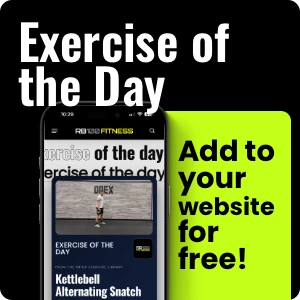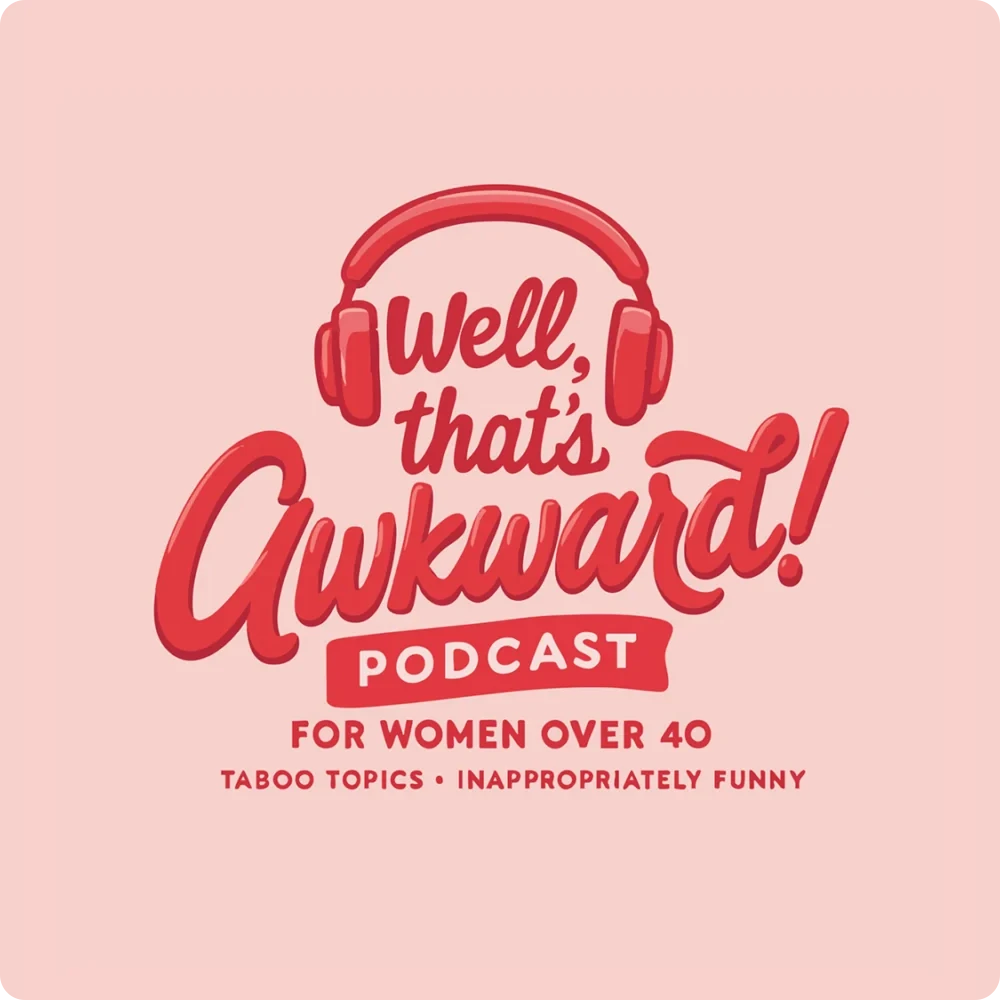Naim Kamili: Strength, Movement and Creativity
During my time at the Bali Creative Retreat for videographers and photographers, I had the chance to meet Naim Kamili, a Strength and Conditioning Coach who played a key role in our daily routine. Naim led our movement and strength sessions, helping us improve the physical endurance needed for handling cameras over long shoots. Beyond the workouts, we had some incredible conversations about fitness, creativity, and personal growth.
Now back in the UK, I caught up with Naim in London to continue those discussions. We delved into his journey into fitness, his training philosophy, and the pivotal role his grandmother played in shaping his career. From his early struggles with asthma to his deep-rooted passion for self-improvement, Naim shared how he developed his unique approach to coaching—one that blends physical training with mindset and personal development.
One of the key things that stood out about Naim’s approach is his focus on tailoring fitness to real-life demands. This became clear on the flight to Bali when Lucy, a fellow retreat attendee, struggled to lift her bag into the overhead compartment. It was a small moment but one that highlighted how strength training isn’t just about aesthetics—it’s about functional movement and making everyday tasks easier.
This philosophy has shaped Naim’s work with creatives, helping them develop the strength, mobility, and endurance they need to excel in their craft. Whether it’s a photographer spending hours crouched in difficult positions or a videographer carrying heavy gear, the right training can make a huge difference. But Naim believes this approach should extend beyond creatives—fitness should be about enhancing whatever you do in life, whether that’s your job, hobbies, or simply moving through the world with more ease.
How I Got Into Fitness
I relate well to people at the beginning of their fitness journey because I’ve been there myself. From ages 12 to 15, I struggled with terrible asthma. I wasn’t fit by any measure—I dreaded PE and avoided it whenever I could. But my reluctance wasn’t just about physical fitness; it was emotional. I didn’t want to be seen in a way that didn’t align with how I envisioned myself.
Despite my lack of interest in sports, I was still seen as one of the toughest kids at school. I never had to fight, but my reputation preceded me. However, when it came to physical activity, I felt vulnerable. That vulnerability was something I worked hard to avoid.
One of the defining moments for me was a visit to the school nurse at 15. She mentioned that I was getting taller and bigger and casually warned that if I continued on the same path, I’d be overweight. As a 15-year-old, what I heard was, You’re already overweight. That moment pushed me to take fitness seriously.
I started walking to school—45 minutes there and back—getting over an hour of walking each day. I drank crazy amounts of green tea after reading that it could speed up metabolism. I also fell for the YouTube fitness craze, following creators like Mike Chang and his “Six Pack Shortcuts.” I believed that if I followed the exercises, I’d magically get a six-pack. I didn’t, but what I did get was a shift in confidence.
The best part of my progress wasn’t the physical changes; it was my peers noticing and acknowledging them. That external validation made me feel better about myself. I was never an unconfident person, but feeling physically healthier and stronger made a difference.
One defining moment was in PE class, my ultimate nemesis—the 1500-meter run. I used to dread it and would even hand in sick notes to avoid it. But one day, I pushed through, giving it my all. My PE teacher, who was used to me avoiding the run, acknowledged my effort. That small recognition meant a lot, and we ended up forming a great bond. He later became my form tutor for four years, and his support had a lasting impact on me.
From University to Personal Training
Fast forward to university, where I studied Economics and Business Management in Nottingham. I was drawn to strategy and innovation, particularly the idea of consulting—helping people improve without necessarily doing the legwork for them. But when I looked at the consulting industry, it felt hollow. I wasn’t interested in making rich people richer.
I started questioning what truly changed my life—how I perceived myself, how I thought, and how I felt. The answer was fitness. Could I bring those benefits to other people? That’s when I began seeing personal training as a form of health consulting. While I no longer call myself a “health consultant,” the consultancy elements are still in my approach. I sit down with people, create plans, and help them not just with exercise but with how fitness impacts their relationships and overall wellbeing.
I didn’t know the process of becoming a personal trainer, so I assumed I could work my way up from a gym receptionist. Then I got a call: “We think you’d be great for this role. The course costs £2,000.” As a student, I had no idea where I’d get that money.
My grandmother, who always worked hard to open doors for me, offered to pay for the course outright. She wasn’t the wealthiest, but she made sure I never had to struggle the way she did. Looking back, her generosity means even more to me now. Everything I do today is, in part, a way of honouring that.
Saying Yes to New Opportunities
One of my biggest takeaways from this journey has been the power of saying yes. Watching Yes Man with Jim Carrey shifted my mindset. When a friend asked me to act in a film he wrote, I hesitated—I wasn’t an actor. That experience led to an opportunity in modelling, which I never would have pursued otherwise.
Similarly, saying yes led me to personal training. I realised fitness was my calling—not just for physicality but for creativity and helping others improve holistically.
The Retreat Experience
Recently, I got involved in a creative retreat, and it gave me a new perspective. Beyond running the fitness sessions, I loved seeing people grow in confidence. The friendships formed and the conversations shared created something special. Everyone needed the retreat for different reasons, and we all left feeling elevated. Even now, I carry that creative energy with me.
The retreat reinforced my belief in collaboration. As a personal trainer, I see coaching as holding a torch for others. I illuminate paths, but they must walk them. A coach doesn’t create success; they guide it. That’s why retreats excite me—I get to collaborate with people in a way that fuels both their growth and mine.
Good vs. Bad Days in Nutrition
Many people see food in black-and-white terms—good vs. bad. But it’s not about morality; it’s about what makes you feel better or worse. Your version of eating healthy may not be mine. Our dietary needs vary based on culture, deficiencies, and lifestyles. The one universal need? Vitamin D.
People often overdo supplements, taking them daily when they’re meant to fill gaps, not become a dependency. I’ve learned to use them when necessary—like magnesium on nights when I know I’ll only get five hours of sleep. Supplementation should enhance, not replace, a balanced approach.
I think back to my grandmother’s pill organiser, filled with medication she had to take. Now, people do the same voluntarily with supplements, chasing health trends without fully understanding them. True wellness comes from balance, not extremes.
Final Thoughts
Fitness has shaped my confidence, my career, and my philosophy on life. Whether it’s saying yes to new opportunities, honouring the people who’ve supported me, or guiding others toward improvement, my journey continues to evolve. And through it all, I’ve learned that success isn’t about following shortcuts—it’s about consistent, intentional effort toward becoming the best version of yourself.
DISCOVER: nkmfh.co.uk














